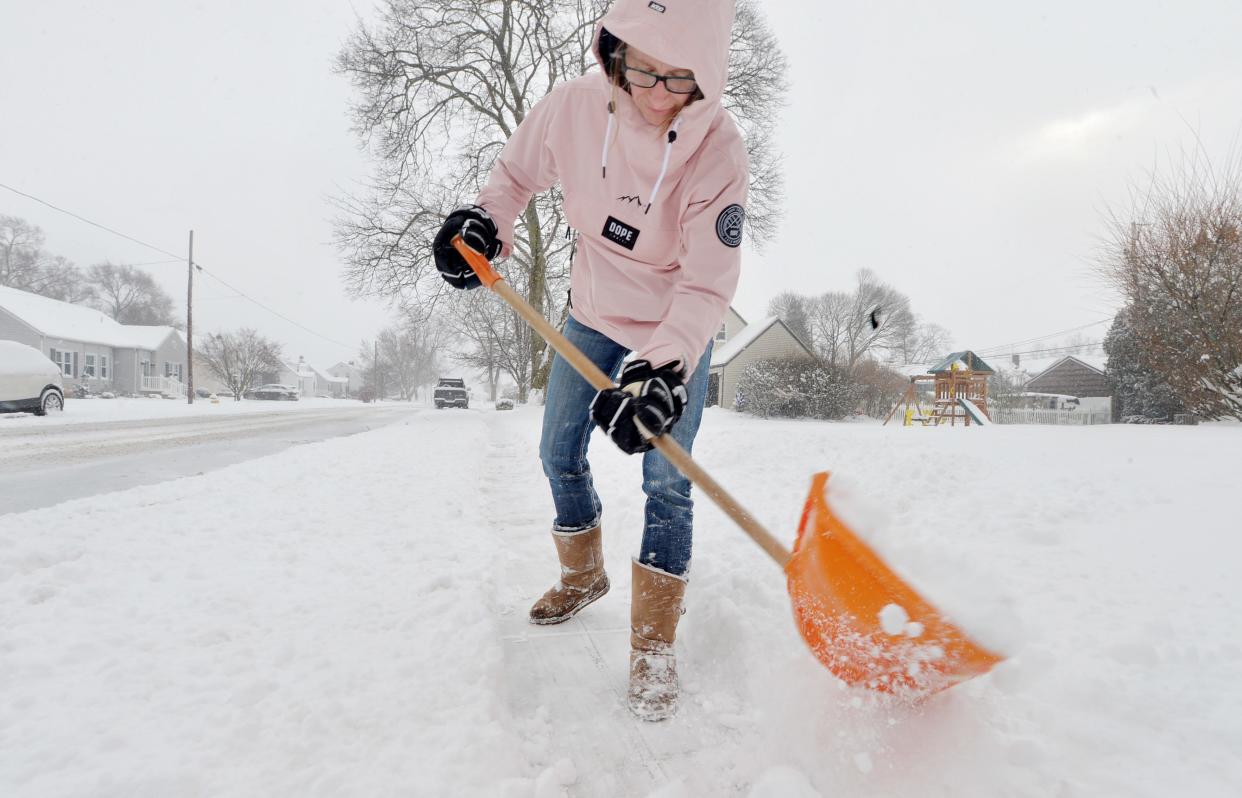Are our plants safe from Cincinnati's extreme cold temperatures?

Now, as I start this week’s column, I want to go on the record by saying I have no formal education in meteorology. My comments related to the weather are simply my opinion, based upon my own experience and observations.
This past week started and ended with the coldest temperatures of the season. Single-digit temperatures are tough to handle, especially if you are outside for any length of time. Fortunately, we have relatively few of these days per year. According to the new hardiness zone map, our coldest average temperature now ranges from 0 to -5 degrees. Our current weather trend has taken us very close to these temperatures.
Before writing this column, I spent some time looking at January's weather from past years. What I found was in most winters we have a run of bitter cold temperatures like this for a week or so. Then the temperatures rebound to the averages. Then, when we get to February, temperatures really start trending warmer.
Many people are very apprehensive about single-digit temperatures because of the bomb cyclone we experienced in December of 2022. There is little to be worried about with these temperatures. In my opinion, the temperatures we are having are basically normal and to be expected. The bomb cyclone was a 50-degree drop in temperature in 12 hours. That was not normal. The temperatures we have now, however, have gradually dropped into the low temperatures, which is normal.
Snow protects plants
What has changed significantly is the amount of snow we receive. Growing up and in my younger adult days in the 1990s, I remember getting a couple of good snowfalls at different times in January and February. The timing of the snowfalls, combined with the temperatures, kept the ground blanketed for most of the winter.
Having the ground blanketed is very important for our plants. A layer of snow keeps vulnerable plants insulated from the extremely cold temperatures.
Think about all the rainfall we've had in the past couple of weeks. I talked to someone about the rain who commented, "imagine if this had all been snow." If it had been, we would all be tired from shoveling snow up to our knees. At the same time, the plants would all have been protected.
Will our plants survive these extreme cold temperatures?
I am pretty confident we will not see major damage to plants like we experienced after the bomb cyclone. The most vulnerable plants would be those from more southern planting zones, such as a Zone 7 Crape Myrtle, as an example. Plants from southern planting zones should be rare exceptions, but these plants are finding their way to our zone more frequently with plant purchases on the internet. These plants are also sometimes found at big box stores. This is why it is very important when shopping online for plants that you pay attention to the hardiness zone. Always buy plants for Zone 6 or lower.
With this extreme cold weather, woody plants will be more vulnerable than perennials. Perennials grow back from their roots, and with all of the rain we've had, the roots of plants are protected in frozen ground. Frozen ground works like snow and insulates the roots, keeping the extreme temperatures out.
Vulnerable woody plants, however, could suffer damage to the branches exposed to the temperatures, even though the roots are protected. When the weather warms in the spring, pruning could help as long as the roots are still viable.
I consider this weather to be normal. I have lived in Cincinnati all of my life. When it comes to weather, I have grown accustomed to extremes. We have them in the winter and the summer. In either season they can create challenges in our landscapes. When they do, I am always grateful for how resilient the plants are.
This article originally appeared on Cincinnati Enquirer: Are our plants safe from Cincinnati's extreme cold temperatures?
